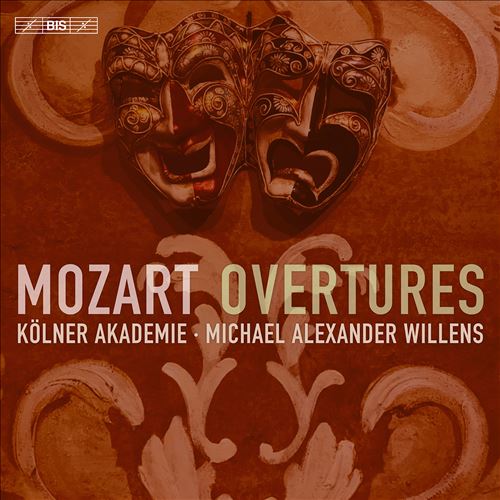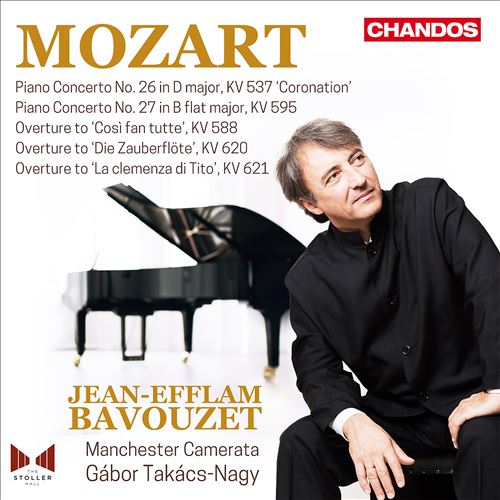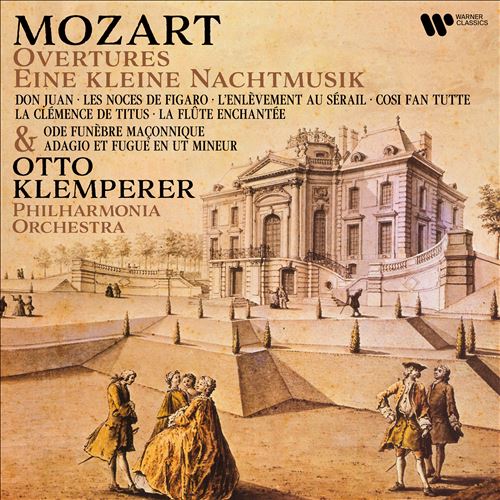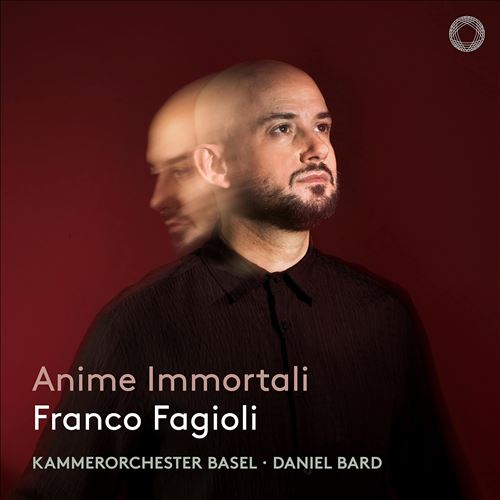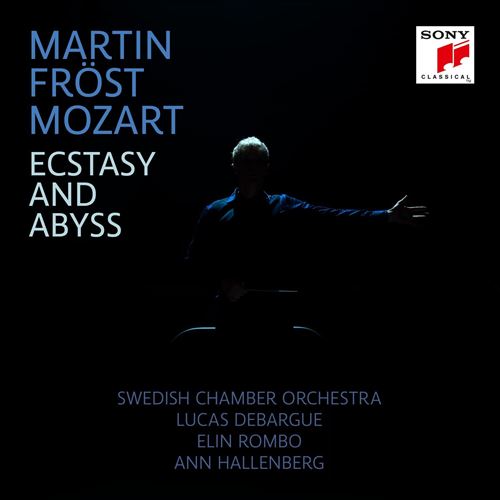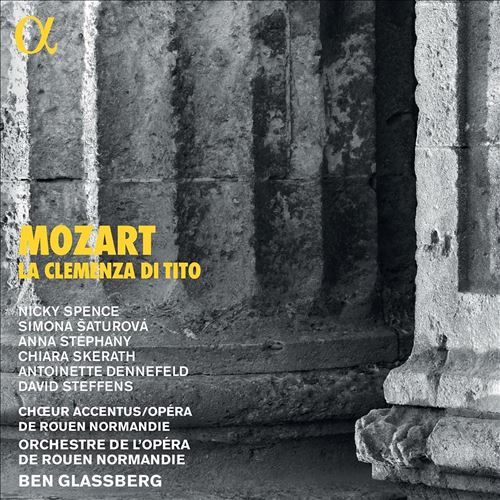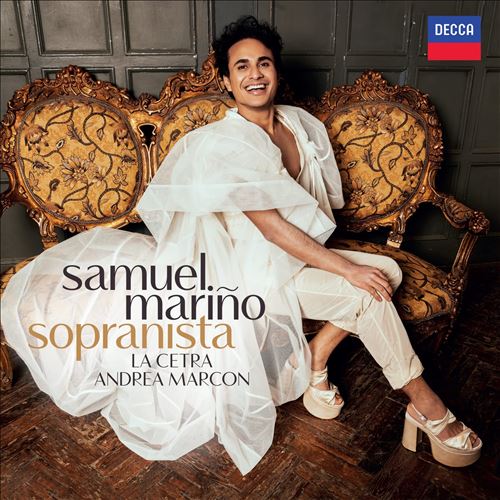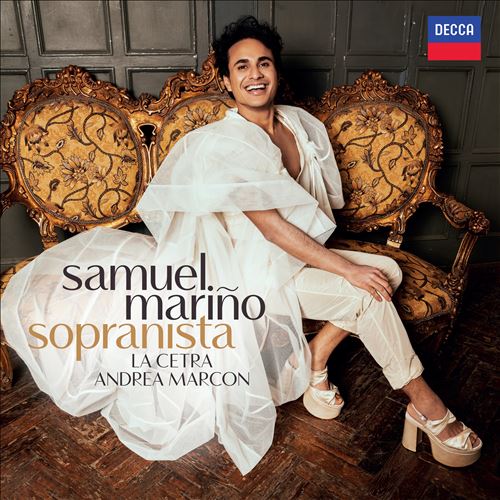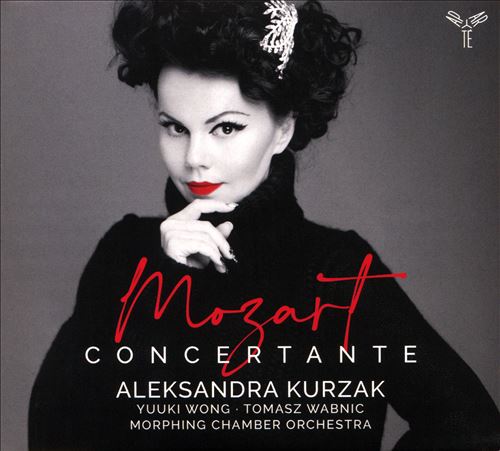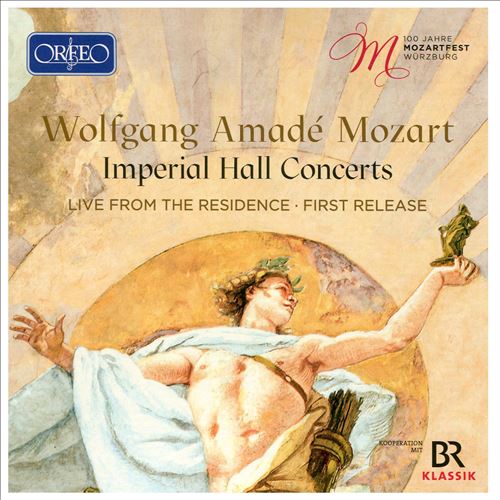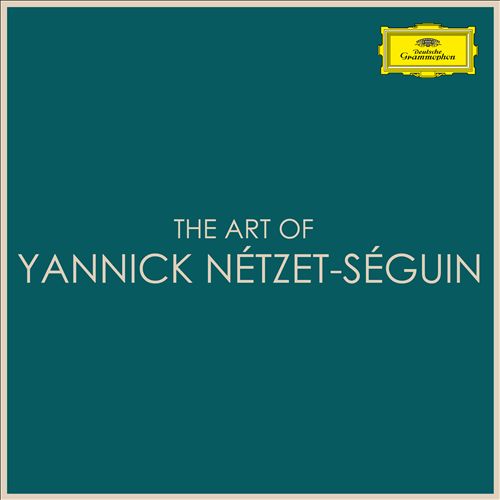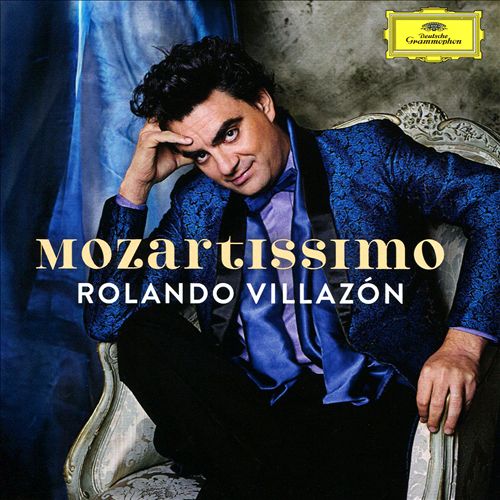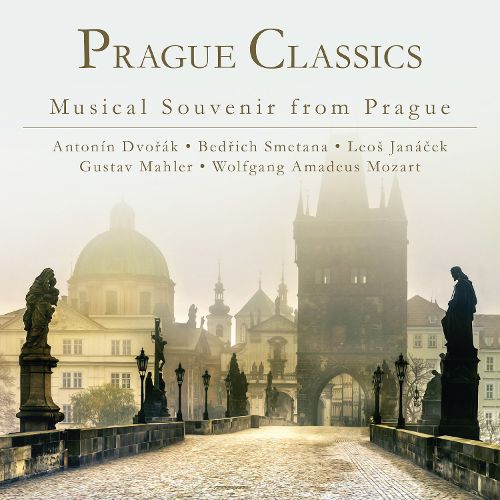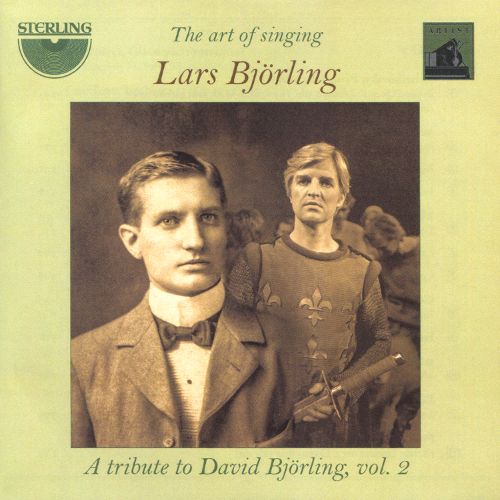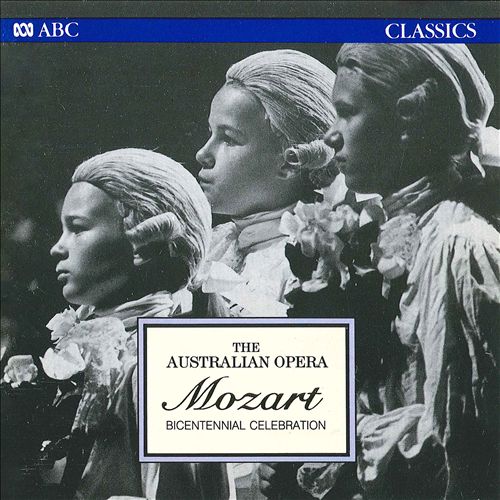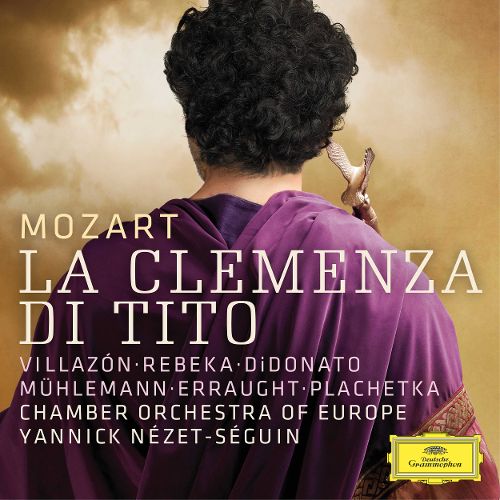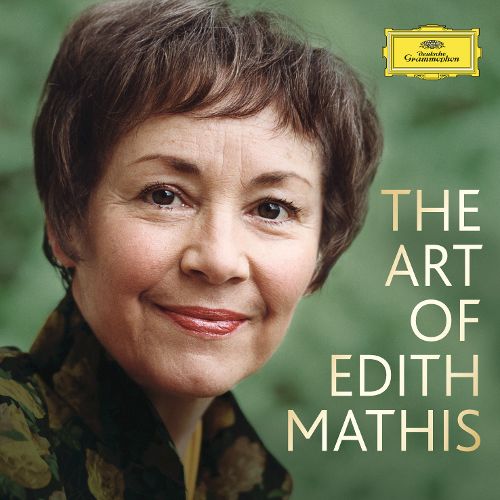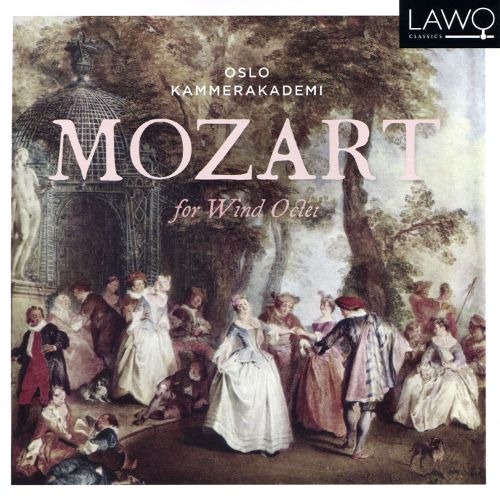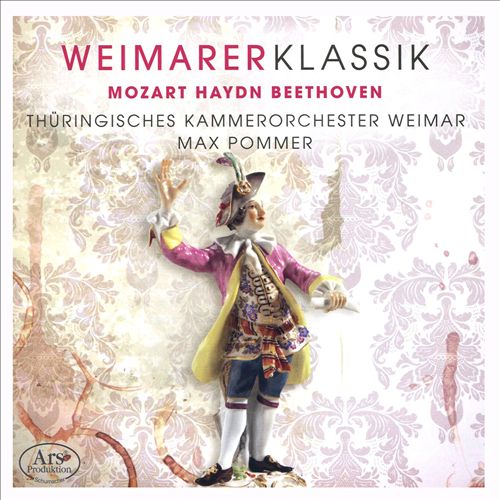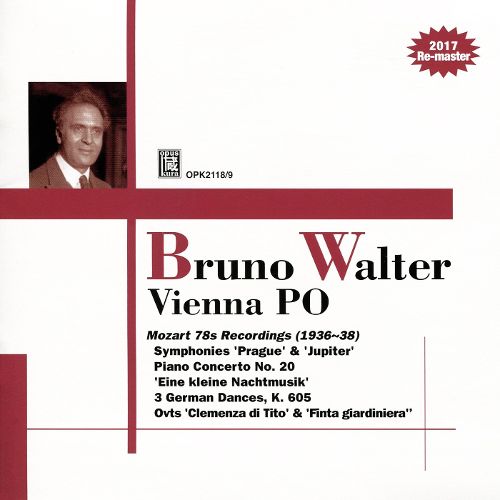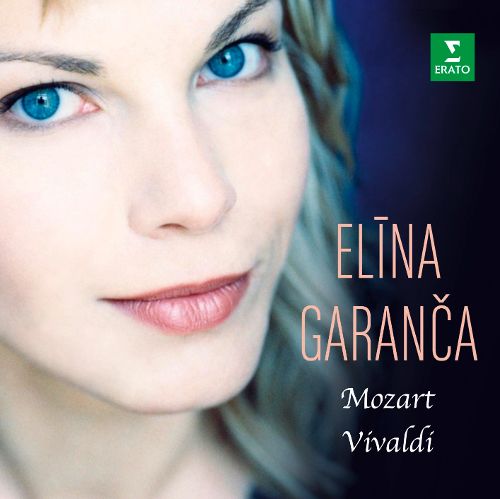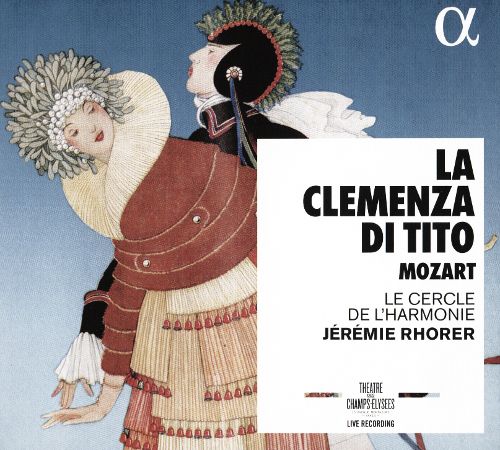Wolfgang Amadeus Mozart (볼프강 아마데우스 모차르트)
La Clemenza di Tito
100
10,000
1,400
WORK INFO
작곡가: Wolfgang Amadeus Mozart (볼프강 아마데우스 모차르트)작곡년도: 1791평균연주: 126:30악장1Overture. Allegro4:412Act 1 : Come ti piace, imponi2:513Act 1 : Deh se piacer mi vuoi5:254Act 1 : Deh prendi n dolce amplesso, ami comio fedel1:125Act 1 : March1:486Act 1 : Serbate, o Dei custodi2:407Act 1 : Del più sublime soglio3:008Act 1 : Ah, perdona al primoaffetto3:029Act 1 : Ah, se fosse intorno al trono2:0910Act 1 : Parto, parto, ma tu ben mio6:1211Act 1 : Vengo... aspettate2:2612Act 1 : Oh Dei, che smania è questa3:3413Act 1 : Deh conservate, oh Dei! a Roma il suo splendor (Finale)6:1814Act 2 : Torna di Tito a lato2:2315Act 2 : Se al volto mai ti senti4:5516Act 2 : Ah grazie si rendano3:1917Act 2 : Tardi s' avvede d'un tradimento1:3518Act 2 : Tu fosti tradito3:0719Act 2 : Che orror! Che tradimento! Che nera infedelta!2:4720Act 2 : Quello di tito è il volto3:4321Act 2 : Deh, per questo istante solo6:4222Act 2 : Se all' impero, amici Dei5:0423Act 2 : S'altrio che lagrime2:0924Act 2 : Ecco il punto, o Vitellia3:2125Act 2 : Non, più di fiori vaghe catene7:1426Act 2 : Che del ciel, che degli Dei1:4627Act 2 : Ma, che giorno è mai questo?1:4328Act 2 : Tu, è ver, m'assolvi, Augusto? (Finale)3:54La clemenza di Tito (English: The Clemency of Titus), K. 621, is an opera seria in two acts composed by Wolfgang Amadeus Mozart to an Italian libretto by Caterino Mazzolà, after Metastasio. It was started after the bulk of The Magic Flute, the last opera that Mozart worked on, was already written (Mozart completed The Magic Flute after the Prague premiere of Tito). The work premiered on 6 September 1791 at the Estates Theatre in Prague.
In July 1791, the last year of his life, Mozart was already well advanced in writing The Magic Flute when he was asked to compose an opera seria. The commission came from the impresario Domenico Guardasoni, who lived in Prague and who had been charged by the Estates of Bohemia with providing a new work to celebrate the coronation of Leopold II, Holy Roman Emperor, as King of Bohemia. The coronation had been planned by the Estates in order to ratify a political agreement between Leopold and the nobility of Bohemia that rescinded efforts of Leopold's brother Joseph II to initiate a program to free the serfs of Bohemia and increase the tax burden of aristocratic landholders. Leopold desired to pacify the Bohemian nobility in order to forestall revolt and strengthen his empire in the face of political challenges engendered by the French Revolution. The ceremony was to take place on 6 September; Guardasoni had been approached about the opera in June. No opera of Mozart was more clearly pressed into the service of a political agenda than La clemenza di Tito, in this case to promote the reactionary political and social policies of an aristocratic elite. No evidence exists to evaluate Mozart's attitude toward this, or even whether he was aware of the internal political conflicts raging in the kingdom of Bohemia in 1791.From WIKIPEDIA
RELEASED ALBUMS
-
Mozart: Haffner-AkademieApril 25, 2025
-
Mozart: String DuosNovember 29, 2024
-
Mozart 1791April 26, 2024
-
Mozart: OverturesJanuary 19, 2024
-
Mozart: Piano Concertos, Vol. 8October 6, 2023
-
Mozart: Overtures; Eine kleine NachtmusikJune 23, 2023
-
Anime ImmortaliApril 14, 2023
-
Mozart: Ecstasy and AbyssApril 7, 2023
-
Mozart: La clemenza di TitoNovember 11, 2022
-
SopranistaJuly 15, 2022
-
Mozart: La clemenza di Tito - Act 2. Deh per questo istante soloApril 8, 2022
-
Mozart x 3March 16, 2022
-
Mozart ConcertanteNovember 19, 2021
-
Wolfgang Amadé Mozart: Imperial Hall ConcertsJune 18, 2021
-
Marvellous Mezzo-Soprano and Contralto: Best Loved Opera AriasApril 23, 2021
-
The Art of Yannick Nézet-SéguinNovember 6, 2020
-
MozartissimoJanuary 31, 2020
-
MoZart: Zero to HeroSeptember 6, 2019
-
Mozart+February 8, 2019
-
Prague Classics: Musical Souvenir from PragueAugust 17, 2018
-
The Art of Singing: A Tribute to David Björling, Vol. 2August 3, 2018
-
The Australian Opera Mozart Bicentennial CelebrationJuly 27, 2018
-
Mozart: La Clemenza di TitoJuly 13, 2018
-
111 Opera MasterpiecesMay 11, 2018
-
The Art of Edith Mathis [includes Booklet]January 26, 2018
-
Mozart for Wind OctetNovember 17, 2017
-
Weimarer Klassik: Mozart, Haydn, BeethovenOctober 26, 2017
-
Mozart: 78s RecordingsJuly 11, 2017
-
Mozart, VivaldiJune 9, 2017
-
Mozart: La Clemenza di TitoFebruary 10, 2017
FEATURED MOVIES
-
 06:53모차르트: 황제 티토의 자비 Deh, per questo istante solo
06:53모차르트: 황제 티토의 자비 Deh, per questo istante solo -
 06:11모차르트: 황제 티토의 자비 Parto, parto, ma tu ben mio2006Kultur- und Kongresszentrum Luzern
06:11모차르트: 황제 티토의 자비 Parto, parto, ma tu ben mio2006Kultur- und Kongresszentrum Luzern -
 03:31모차르트: 황제 티토의 자비 Ah, perdona al primoaffetto2003Festival de Salzburgo
03:31모차르트: 황제 티토의 자비 Ah, perdona al primoaffetto2003Festival de Salzburgo
ALBUM MUSIC
WORKS SHOUTS





